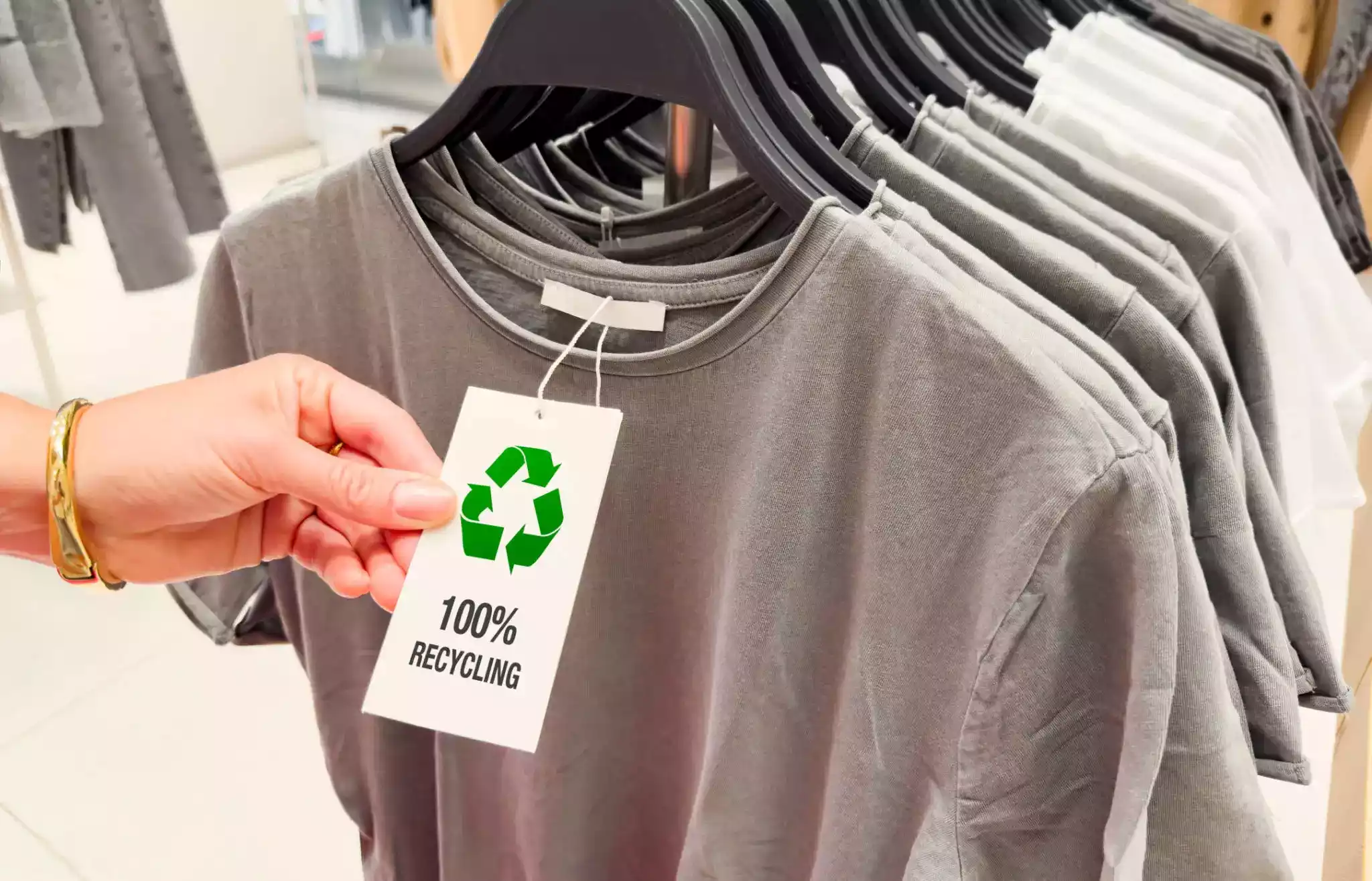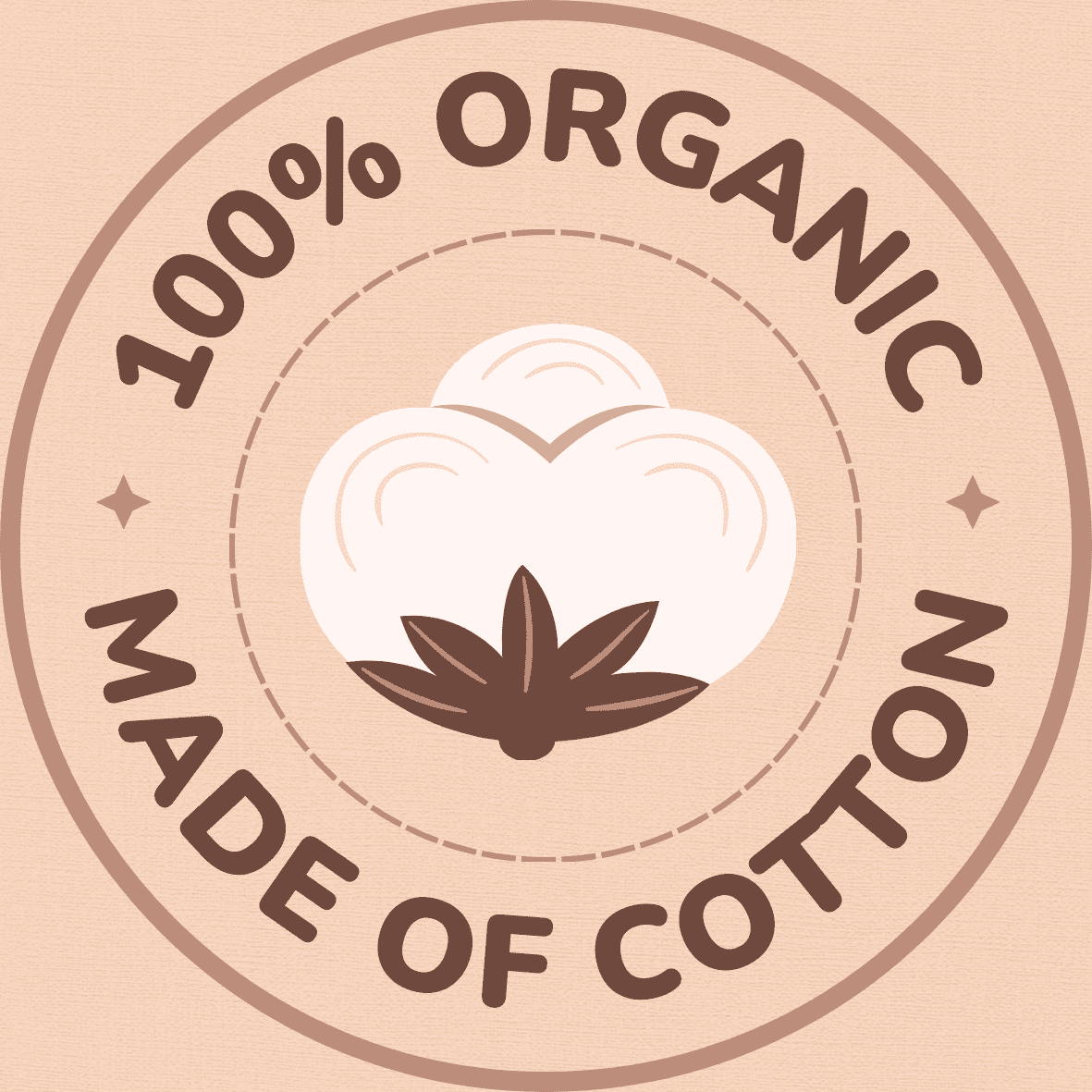International Clothing Manufacturer: Global Fashion Influence and Expertise
The apparel industry is a complex landscape wherein international clothing manufacturers play a dominant role. It is their strategic positioning and skillful tactics that dictate the dynamics of clothing production across borders. Multinational firms with diverse operations around the globe not only influence the physical process of apparel production, but they also shape the fashion trends, labor practices, technology utilization, and overall business models in the sector.
International clothing manufacturers have also a significant contribution to the world’s economy, supplying jobs to millions of people across the world, from primary sourcing and production stages to transportation, marketing, and retailing. Navigating the apparel industry efficiently necessitates a comprehensive understanding of the global manufacturing landscape, including the cultural, economic, and logistic complexity inherent in apparel production. This knowledge can equip international clothing manufacturers to leverage potential opportunities and mitigate challenges, creating a path to sustainable growth and success.
The Role of Fashion Industry in Shaping Global Trends
In the multifaceted world of international clothing manufacturing, the fashion industry’s influence on global trends cannot be overstated. Fashion houses, largely based in key fashion capitals like Paris, New York, Milan, and London, dictate the ebb and flow of global styles. Changing seasons bring with them fresh waves of trends curated by these fashion powerhouses, redefining what is deemed chic, stylish, avant-garde or passé. With an expansive reach that transcends geographical borders, the fashion industry has cemented its role as a potent force in defining and shaping collective aesthetics worldwide.
International clothing manufacturing companies play a vital role in bringing these trends to the global market. These entities work tirelessly to turn visions and sketches into wearable art accessible to the masses. The influence of these entities reverberates far beyond the realm of fashion, affecting diverse industries such as film, music, advertising, and publishing. By popularizing certain cuts, themes, colors, or designs, these apparel manufacturers help disseminate global trends at every level of society, from high-end boutiques to everyday retail stores, shaping the international sartorial landscape in the process.
The Impact of Cultural Exchange in Clothing Designs
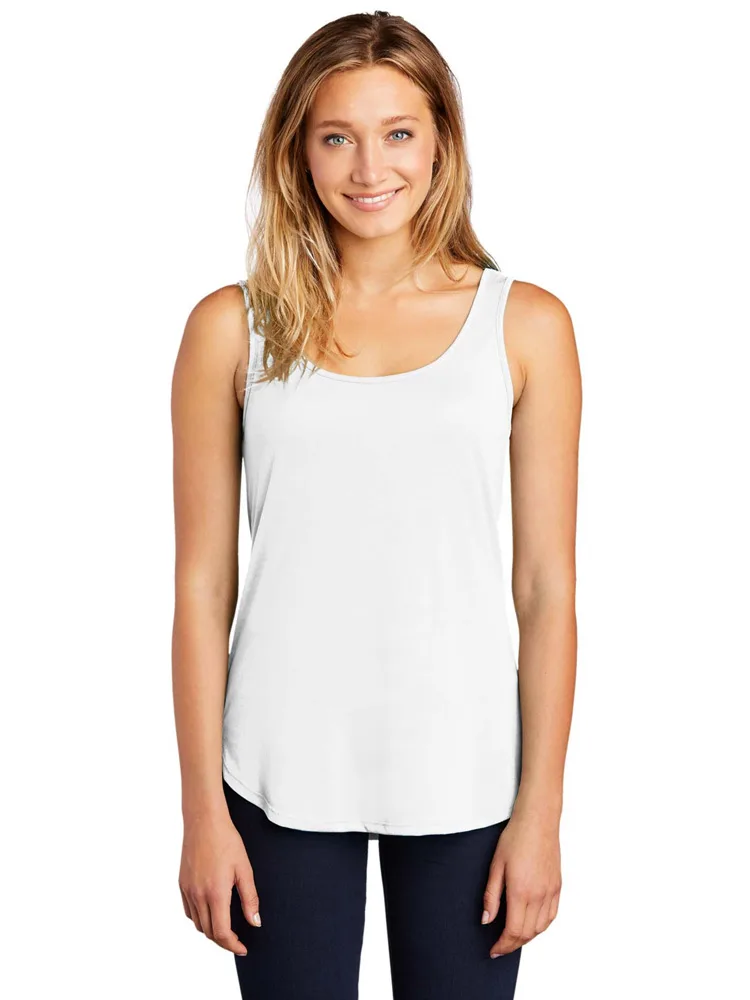
The realm of fashion is not impervious to the influence of cultural exchange, a phenomenon that can distinctly be seen in the designs conceived by clothing manufacturers for startups. This influx of culture, blending the eastern and western sensibilities, is significantly redefining the contemporary fashion scene. Borrowing elements from various cultures allows these manufacturers to craft pieces that reflect a fusion of traditions, aesthetics, and narratives, demonstrating a vivid reflection of global unity in the most artistic manner.
Recognized as some of the best clothing manufacturers in the industry, these companies are reshaping the fashion world by channeling the spirit of multicultural inclusivity in their designs. Their discerning clientele appreciates this aspect of creative borrowing, strengthening the trend of multicultural fashion. From oriental embroidery on a western silhouette to incorporating tribal prints in modern wear, the impact of cultural exchange is not just driving sales for these manufacturers but also enabling a global platform for artisans to showcase their local crafts. By doing so, they foster the exchange of ideas and enhance appreciation for diverse cultural elements worldwide.
The Art and Science Behind Garment Manufacturing Processes
In the vortex of the global fashion industry, luxury clothing manufacturers play a paramount role in bringing breathtaking designs to life. Persisting on the delicate path of art, they intertwine impeccable craftsmanship with exquisite materials, weaving a story behind each intricate detail. The passion for perfection shown by these industry titans is evident in the elegantly flowing gowns, the sharply tailored suits, and the plethora of unique items which adorn the posh galleries of global fashion powerhouses.
Adjacent to this art, science holds a prominent position in the form of innovation and technology within the garment manufacturing operations. This evolution is particularly salient in the emergence of the best clothing manufacturers for startups. They employ cutting-edge technologies for pattern making, sampling, and scaling – essential elements for ensuring efficiency, sustainability, and maintaining quality standards. State-of-the-art digital tools aid in reducing wastage, thereby contributing to both economical and sustainable production. Thus, the nimble blending of art and science transforms mere ideas into wearable realities, narrating tales that span across design ingenuity and technical precision.
The Power of Marketing in Expanding Fashion Frontiers
Prominently featured within the global fashion market are the overseas clothing manufacturers, which can be identified as some of the best clothing manufacturers in the world. These industry magnates have employed marketing strategies that extend far beyond traditional boundaries. Not only do these companies engage in meticulous design, meticulous fabric selection, and high-quality manufacturing processes, but they also delineate and implement strategic marketing plans that help them reach the doors of consumers in far-off locations.
One cannot disregard the power of marketing in reinforcing and expanding these businesses across international landscapes. This isn’t just about selling garments; it’s about encapsulating cultural nuances, lifestyle preferences, and consumer behaviors within the product, and conveying a compelling narrative that resonates with potential consumers. By enticing and creating connections with international customers, these overseas clothing manufacturers can subtly influence styles across different societies, thus redefining fashion frontiers.
• The power of marketing in the fashion industry is evident in its ability to cross international borders and reach consumers worldwide. Through strategic planning and execution, overseas clothing manufacturers are able to infiltrate markets far from their home base.
• These companies go beyond just manufacturing high-quality garments. They also invest time and resources into understanding the cultural nuances, lifestyle preferences, and consumer behaviors of different societies. This meticulous attention to detail allows them to tailor their products accordingly for maximum appeal.
• Marketing isn’t just about selling a product; it’s about telling a story that resonates with potential consumers. By creating compelling narratives around their products, these manufacturers are able to engage customers on an emotional level, thereby fostering brand loyalty.
• As they tap into new markets across the globe, these companies subtly influence styles within those societies. By introducing new designs or reinterpreting existing ones through their own lens, they redefine fashion frontiers.
• In conclusion, effective marketing plays a crucial role in expanding businesses internationally in the global fashion market. It’s not only about promoting goods but also encapsulating lifestyles and cultures into products that resonate with consumers globally.
The transformative effect of such strategies underscores how integral marketing is not only for business expansion but also for shaping societal trends within the realm of fashion.
Sustainable Practices in Contemporary Apparel Production
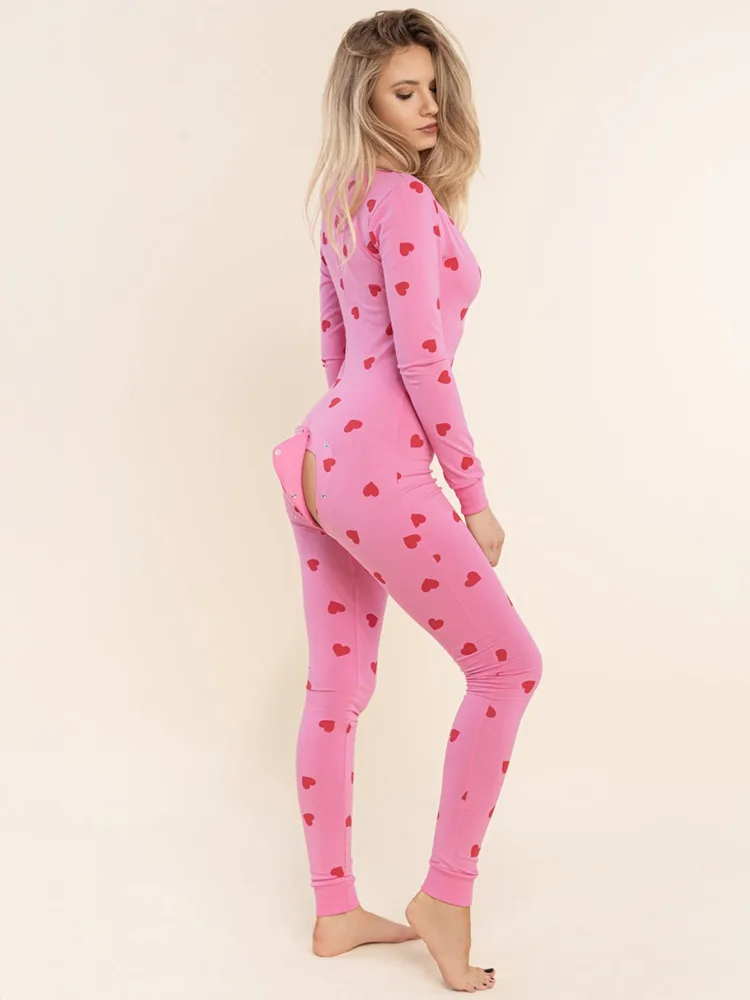
In today’s fashion industry, the quest for a custom clothing manufacturer that aligns with sustainable practices is paramount. Producers everywhere are striving for adjustments within their manufacturing processes to reduce environmental impact. The shift towards eco-friendly materials, elimination of harmful dyes, and encouraging reduced water usage are some initiatives demonstrating commitment towards sustainability. Remarkably, technology has been instrumental in achieving these changes, aiding the industry towards delivering performance without compromising on environmental responsibilities.
Concurrently, an emphasis is placed on understanding how to get a custom clothing manufacturer who prioritizes the ethical treatment of their workforce. In this context, fair wages, safe working conditions, and prohibitions against child labor are considered core sustainable values. These elements combined with eco-consciousness are what define a truly sustainable apparel production practice for the contemporary era. It’s an illustration of the industry’s realization that sustainability is more than just about materials; it’s also about people.
Technological Innovations and Their Effect on Clothing Production
In recent years, the realm of apparel production has seen a significant transformation due to technological innovations. With developments such as artificial intelligence, 3D printing, and smart fabrics, production processes are becoming more efficient and less wasteful. These technologies allow for precise measurements, leading to minimal fabric waste and increased speed of production. Furthermore, the implementation of machine learning and big data analytics aids in understanding consumer demand and market trends, enabling manufacturers to respond more effectively and in real-time to these trends.
Moreover, technological advancements play a pivotal role in bringing sustainability to the forefront of the clothing industry. Especially, technologies like blockchain provide greater visibility and transparency into the supply chain, allowing for the verification of sustainable practices and ethical labor conditions. Additionally, automation through robotics helps reduce the need for manual labor, thereby decreasing the chances of human error and improving overall output quality. Transformative as they are, these innovations represent just the tip of the iceberg when it comes to technology’s potential impact on apparel production.
The Influence of High-End Fashion Brands on Global Dress Codes
High-end fashion brands undeniably play a significant role in shaping global dress codes. They exercise their influence through innovative designs, incorporating various cultural accents, and strong marketing strategies. These big-names in fashion not only set trends but also have the power to change societal norms related to dressing. They create a ripple effect, as their fashion sense gradually permeates different social strata around the world. As style arbiters, they decide what colors, fabrics, and patterns become synonymous with elegance and fashion.
Such global brands also make a substantial contribution to cultural exchange. They directly and indirectly encourage experimenting with different styles, encouraging people to step out of their cultural confines when it comes to dressing. Furthermore, fashion show events provide a legitimate platform for these brands to showcase their new collections, captivating audiences worldwide. Consequently, the global fashion landscape continually evolves, incorporating diverse aesthetics from these showcases, and defying fixed, traditional dress codes.
The Challenges and Opportunities in Overseas Clothing Production
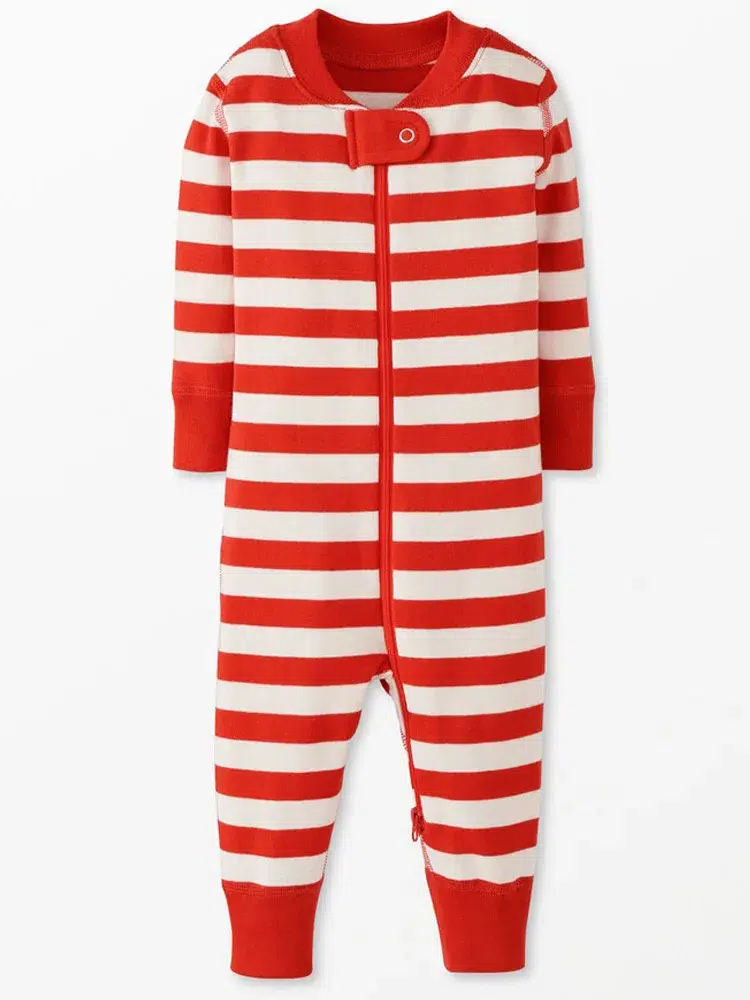
Establishing clothing production operations in a foreign territory often presents a unique set of challenges. These include navigating local labour laws, overcoming language barriers, dealing with diverse work cultures, and facing potential logistical bottlenecks, all of which require a deep understanding and nuanced approach. Furthermore, maintaining the quality and consistency of merchandise across different manufacturing locations often becomes complex. Differing raw material quality, variations in manufacturing processes, and lack of stringent quality control measures in some regions can lead to inconsistent product output, affecting the overall brand reputation adversely.
On the other hand, overseas clothing production also presents a plethora of opportunities. Lower production costs due to cheaper labor and raw materials is a primary advantage that attracts many fashion brands. Additionally, entering a new market with local production often results in quicker turnaround times, serving local consumer needs faster and more efficiently. There’s also the aspect of tapping into the local design talent, providing brands with innovative and region-specific designs that can enhance their global product range. Thus, despite the challenges, astute planning and strategic implementation can turn overseas clothing production into a successful and profitable venture.
Strategies for Maintaining Quality and Consistency in Apparel Manufacturing
Quality control and consistency are cardinal elements in any manufacturing process, notably in the apparel industry. The implementation of robust quality control systems is a critical strategy employed by manufacturers. These systems instigate several inspection stages throughout the production process, checking for attributes such as fabric quality, stitching errors, and color accuracy. Leveraging technological advances, manufacturers also utilize precise machinery for processes such as cutting and sewing, ensuring high levels of consistency and reducing the risk of errors.
Additionally, comprehensive training programs for staff play a pivotal role in maintaining quality in apparel manufacturing. This not only equips the workforce with the requisite skills and knowledge but also cultivates a culture that prioritizes high standards. Frequent auditing and constant feedback mechanisms further strengthen the commitment to reliability and uniformity across production lines. Collaborative efforts between design, production, and quality control teams also ensure that the finished product aligns with the initial creative vision and fulfills the criteria of excellence.
FAQs
What is the scope of apparel production across borders?
The scope of apparel production across borders involves the sourcing of materials, assembly, and distribution of finished products to various markets. This includes understanding global trade regulations, cultural preferences, and logistical challenges.
How does the fashion industry shape global trends?
The fashion industry plays a crucial role in shaping global trends by constantly reinventing designs, styles, and fabrics. Fashion designers and brands set the tone for trends, which are then disseminated through fashion shows, advertisements, and social media.
What is the impact of cultural exchange on clothing designs?
Cultural exchange significantly influences clothing designs. Designers incorporate elements and motifs from various cultures into their work, creating a blend of styles that appeal to a global audience.
Could you explain the garment manufacturing processes?
Garment manufacturing involves a series of steps – conceptualizing the design, picking the right fabrics, cutting and sewing the material, quality inspection, and finally, distribution to retail outlets. Each process requires a high level of precision and consistency to achieve the desired result.
How does marketing expand fashion frontiers?
Marketing plays a vital role in expanding fashion frontiers by promoting new trends, influencing consumer behavior, and reaching out to different geographical markets. It involves various strategies, from traditional advertising to digital marketing techniques.
What sustainable practices are prevalent in contemporary apparel production?
Contemporary apparel production practices sustainability through methods like using eco-friendly materials, reducing water consumption in production processes, recycling waste, and promoting fair labor practices.
How do technological innovations affect clothing production?
Technological innovations have significantly transformed clothing production. From automated cutting and sewing machines to AI-based design solutions, these advancements enhance efficiency, improve accuracy, and enable mass production without compromising on quality.
How do high-end fashion brands influence global dress codes?
High-end fashion brands often set the benchmark for global dress codes. The designs, fabrics, and styles introduced by these brands set the trend that is often emulated by others in the industry, thereby influencing what people wear globally.
What are the challenges and opportunities in overseas clothing production?
Overseas clothing production presents challenges like managing supply chains, adhering to local labor laws, and maintaining quality. However, it also offers opportunities like lower production costs and access to new markets.
What are the strategies for maintaining quality and consistency in apparel manufacturing?
Strategies for maintaining quality and consistency in apparel manufacturing include implementing strict quality control measures, continuous training of staff, investing in advanced technologies, and maintaining a transparent and responsive supply chain.

